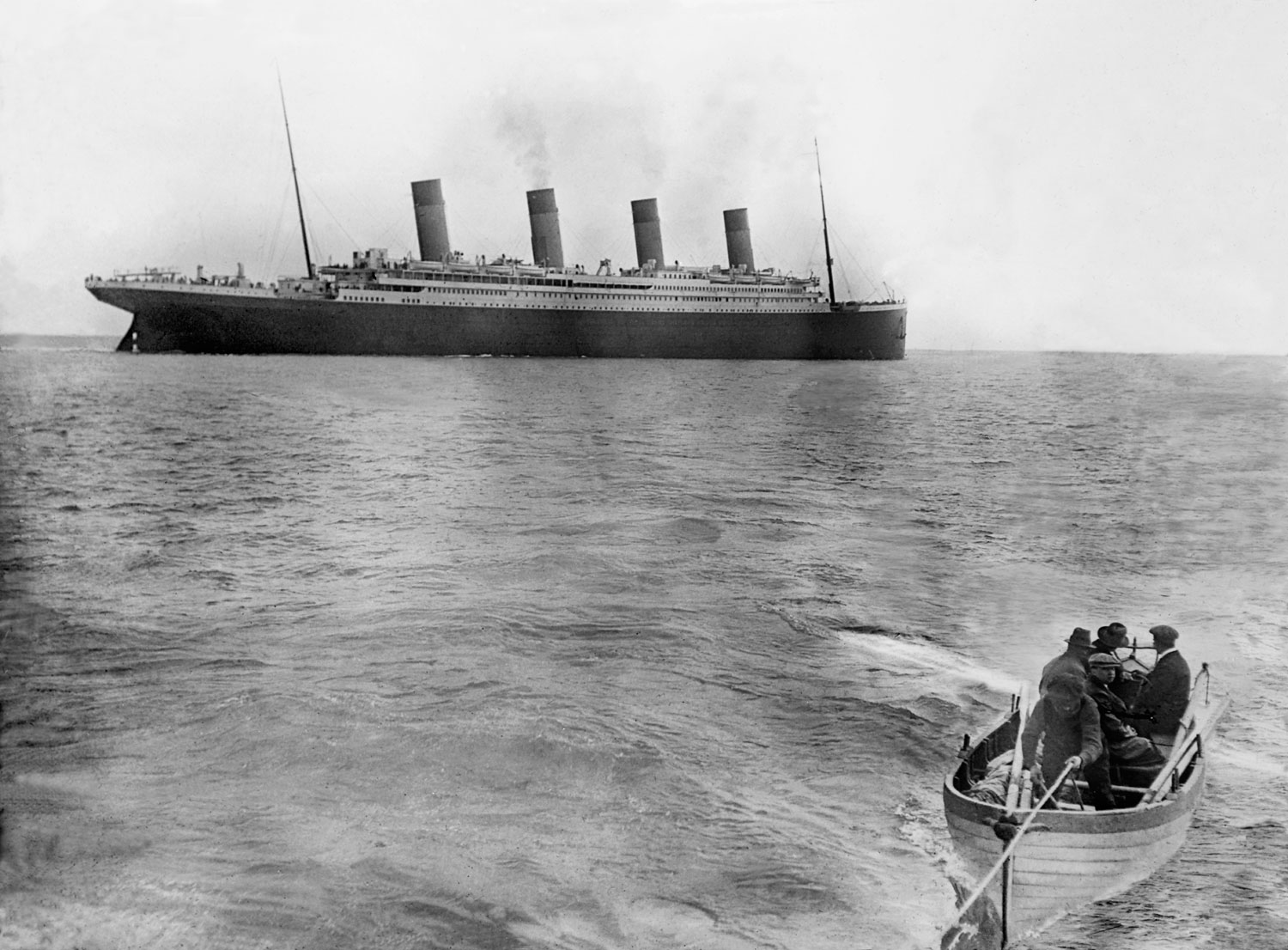
Please note: An earlier version of this post listed the first image in the gallery as a self-portrait of Father Browne taken in 1912. The portrait was taken by Fr. Michael Garahy in 1939.
When the famous ship hit the infamous iceberg nearly 100 years ago on April 15, 1912, the Titanic didn’t just send hundreds of its passengers to the bottom of the ocean—it also took all the evidence of what life was like on board for the ill-fated travelers.
Or at least it would have, were it not for Francis Browne.
Browne was an Irish Jesuit priest who sailed with the ship for the first leg of its journey, from Southampton, England, to Cobh, Ireland, then called Queenstown. And he would have stayed for the remainder of the transatlantic journey, too, having received an offer of a ticket from a wealthy family he befriended while on board. When Browne reached Cobh, however, he received a note from his clerical superior, ordering him to return to his station immediately rather than sail on.
Browne disembarked. An enthusiastic amateur photographer (who had received his first camera from the same uncle who later bought him his ticket for the Titanic trip), he brought with him the only photos of the Titanic at sea that would survive the shipwreck.
After his near miss, throughout his life as a clergyman, Browne delivered Titanic-themed talks and continued to snap away. His photographs were lost after his death in 1960 and rediscovered by a different priest, Eddie O’Donnell, 25 years later. Among the 42,000-odd negatives, there were more than 1,000 images of the Titanic. O’Donnell edited the images for a book, Father Browne’s Titanic Album, which has been re-released in honor of the shipwreck’s centenary.
Although the camera was his hobby rather than his calling, Browne’s photographs of the Titanic are valuable for more than their content. He is now considered a serious photographer and his work is in the collection of the Irish Picture Library.
And Victoria Bridgeman, CEO of Bridgeman Art Library, the firm that represents the images for licensing purposes, notes that the images are also valuable as embodiments of the age in which they were taken. “They have a fantastic of-the-moment archival quality to them,” she says. “It’s always so exciting when you find something that is totally of its time.”
The photographs, which were used as references during the set design process for the film Titanic, capture both the minutiae of life on an ocean liner—in an exercise room put to good use, in a child at play, in passengers moving over a gangplank—and the grand scale of the ship itself.
“There’s something particularly moving about the collection,” says Bridgeman, recalling how close the images—and their creator—came to going down with the ship, “especially from the perspective of the man who took them.”
Father Browne’s Titanic Album the centenary edition is available through Messenger Editions in Dublin, Ireland
SPECIAL: TIME Commemorative Reissue “A Titanic Discovery”
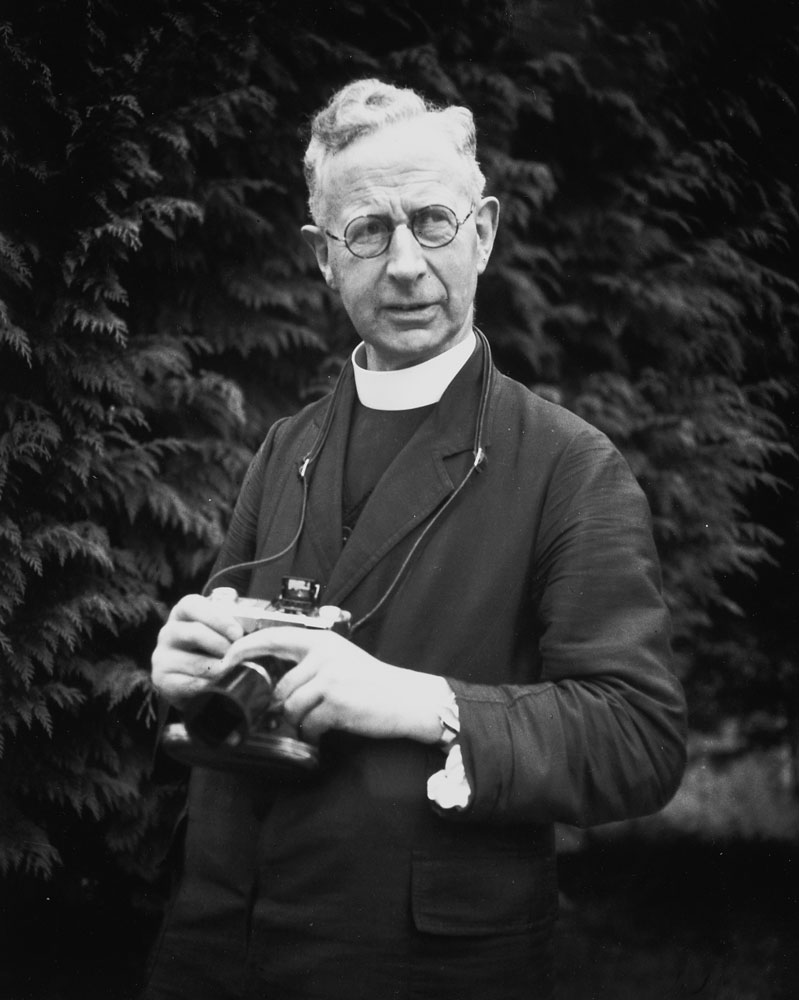
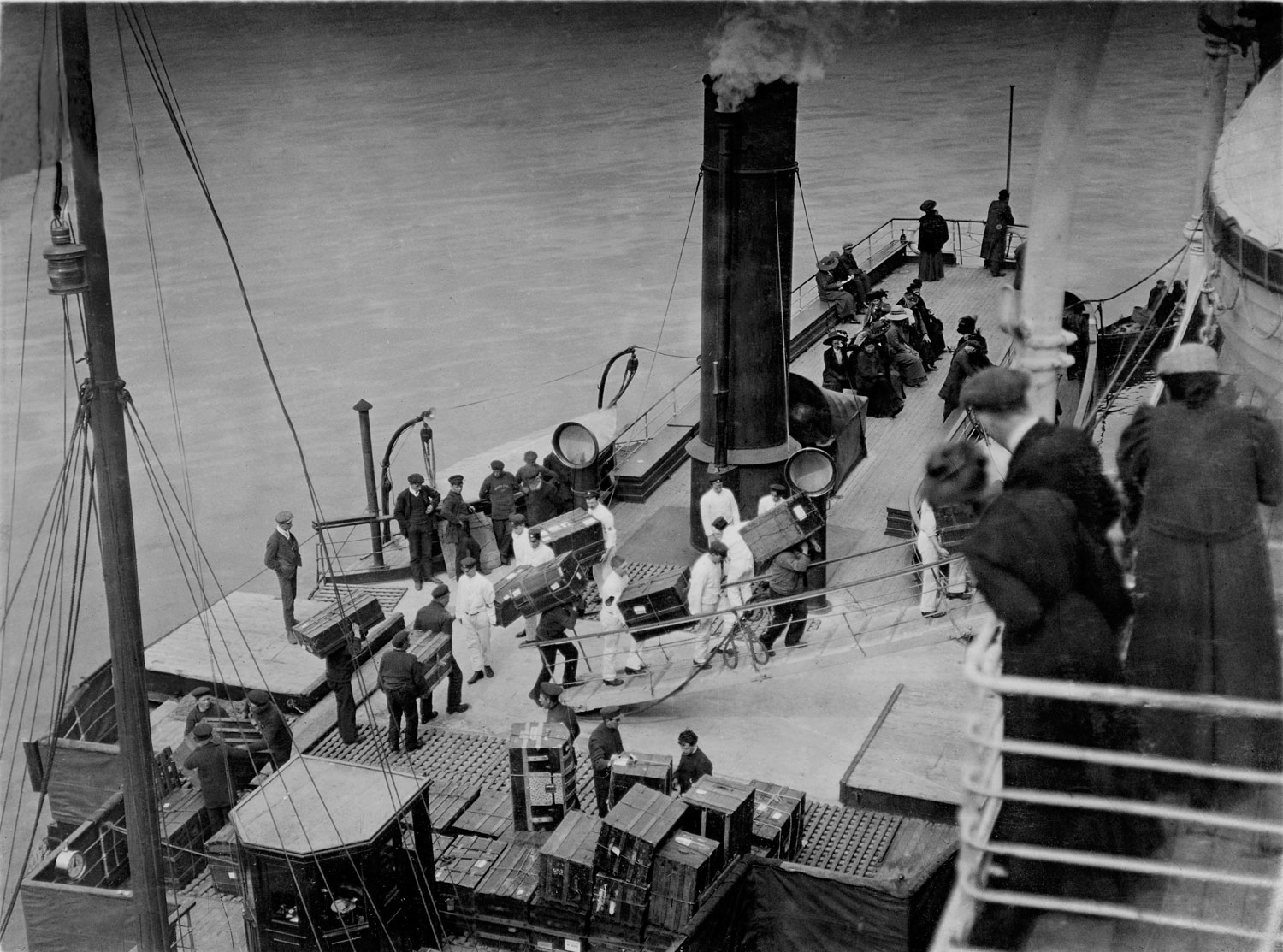
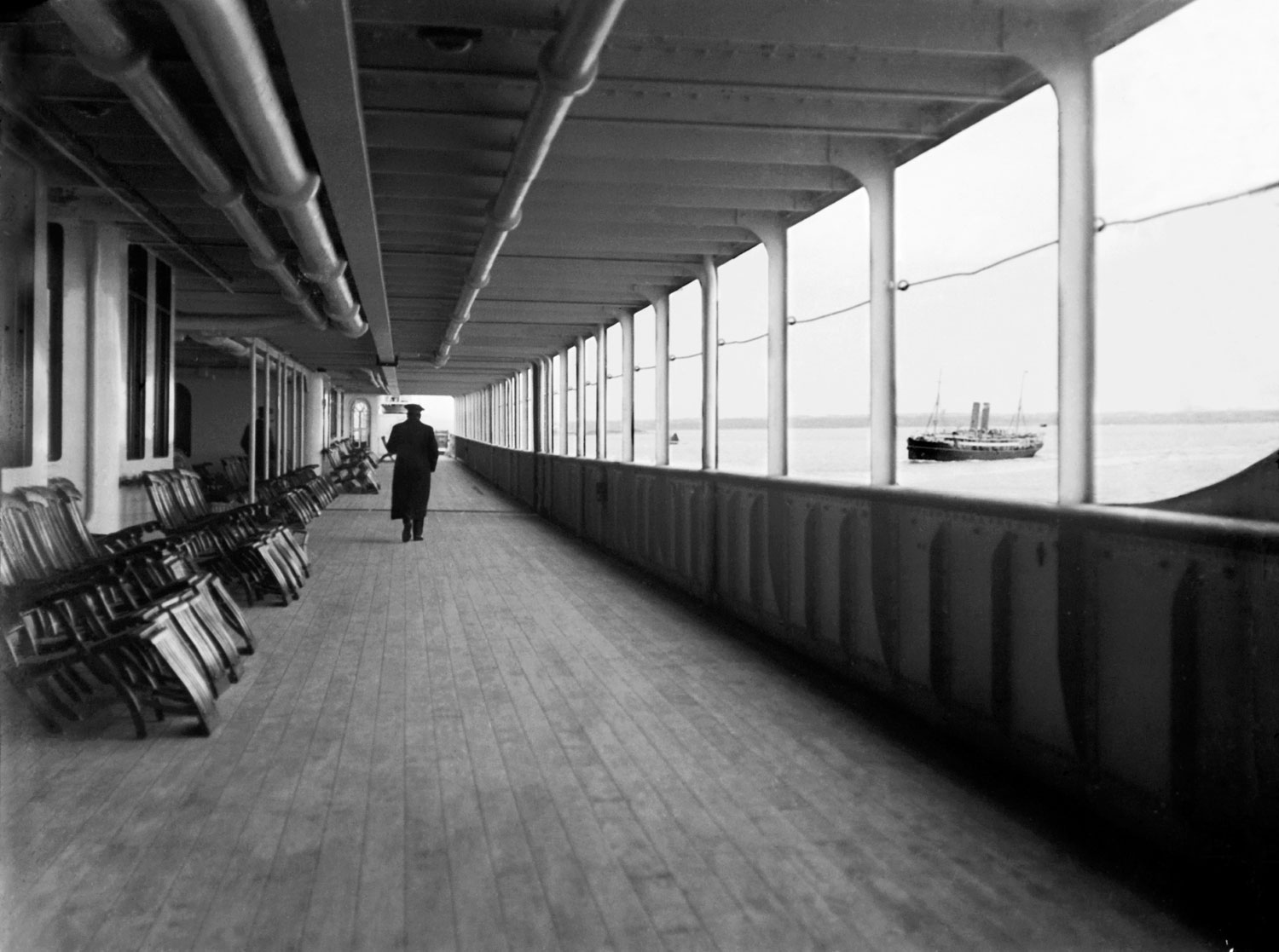
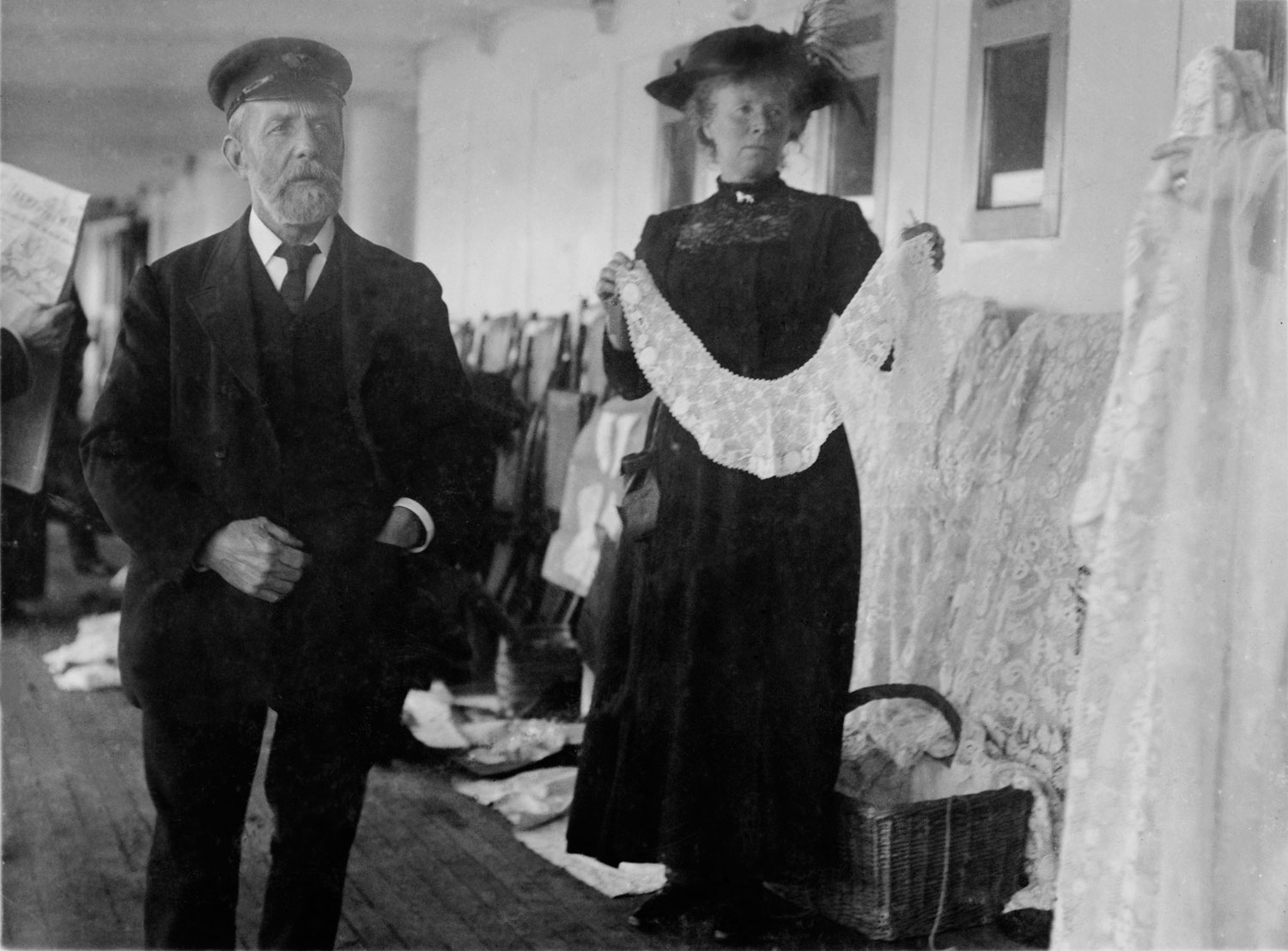
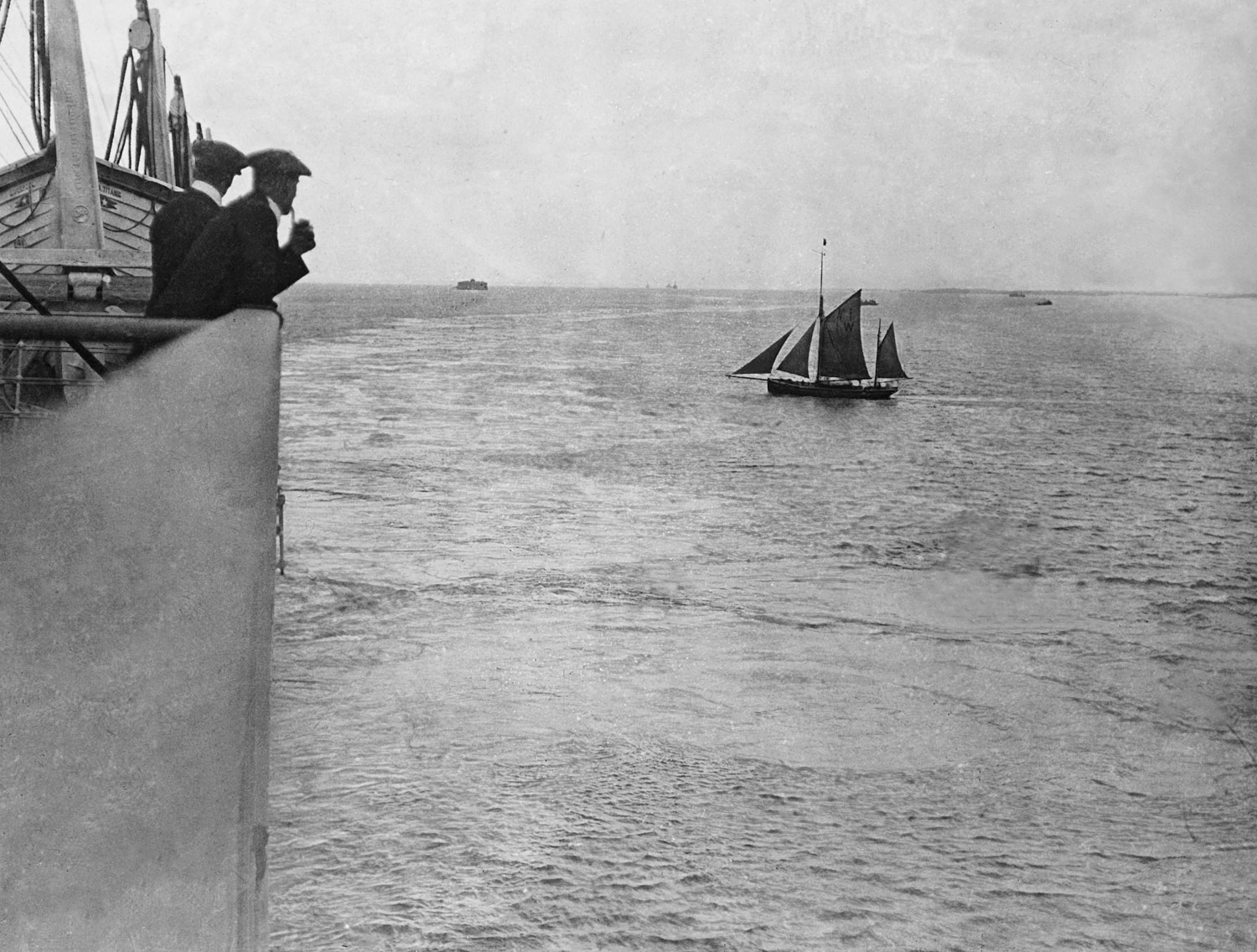
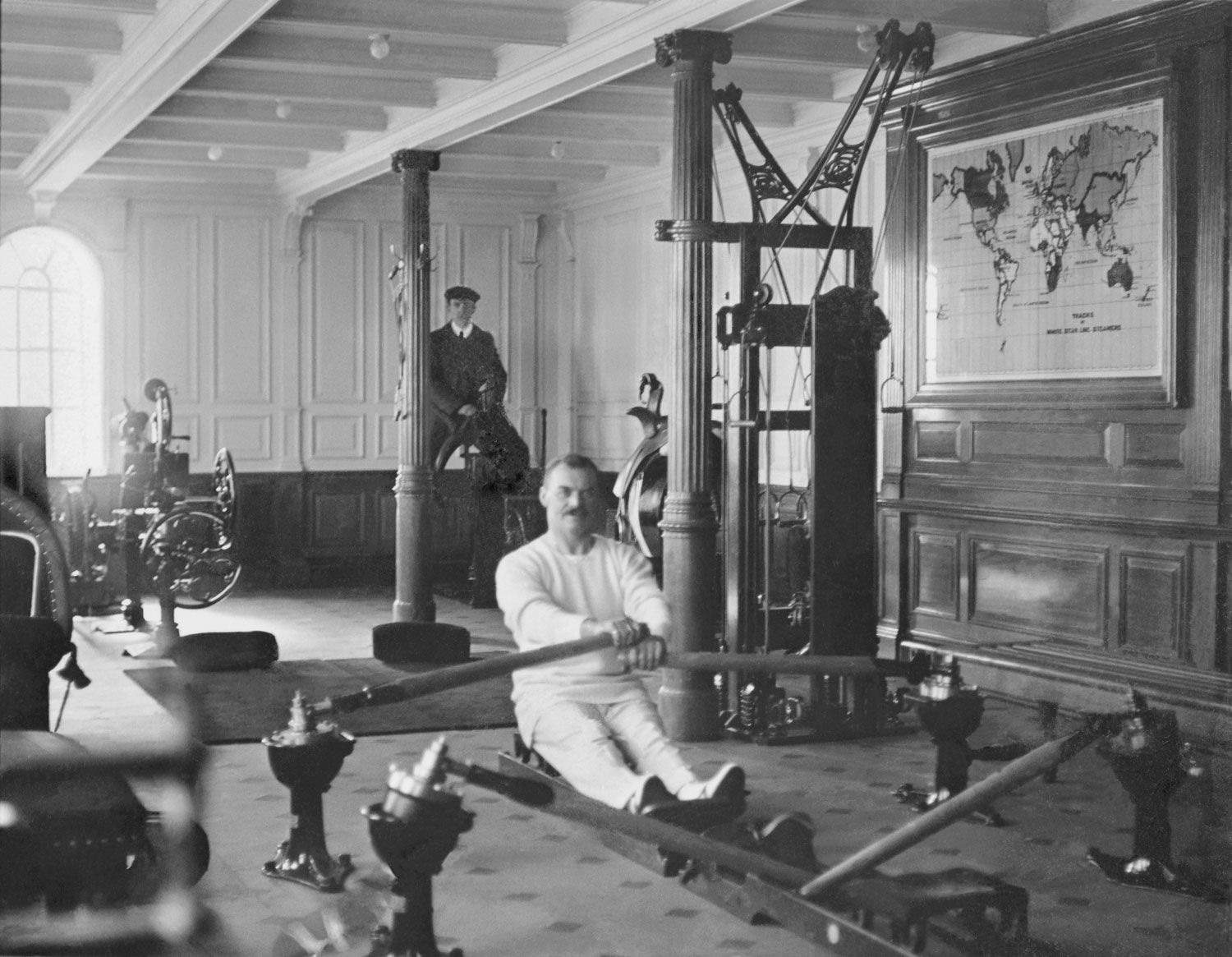
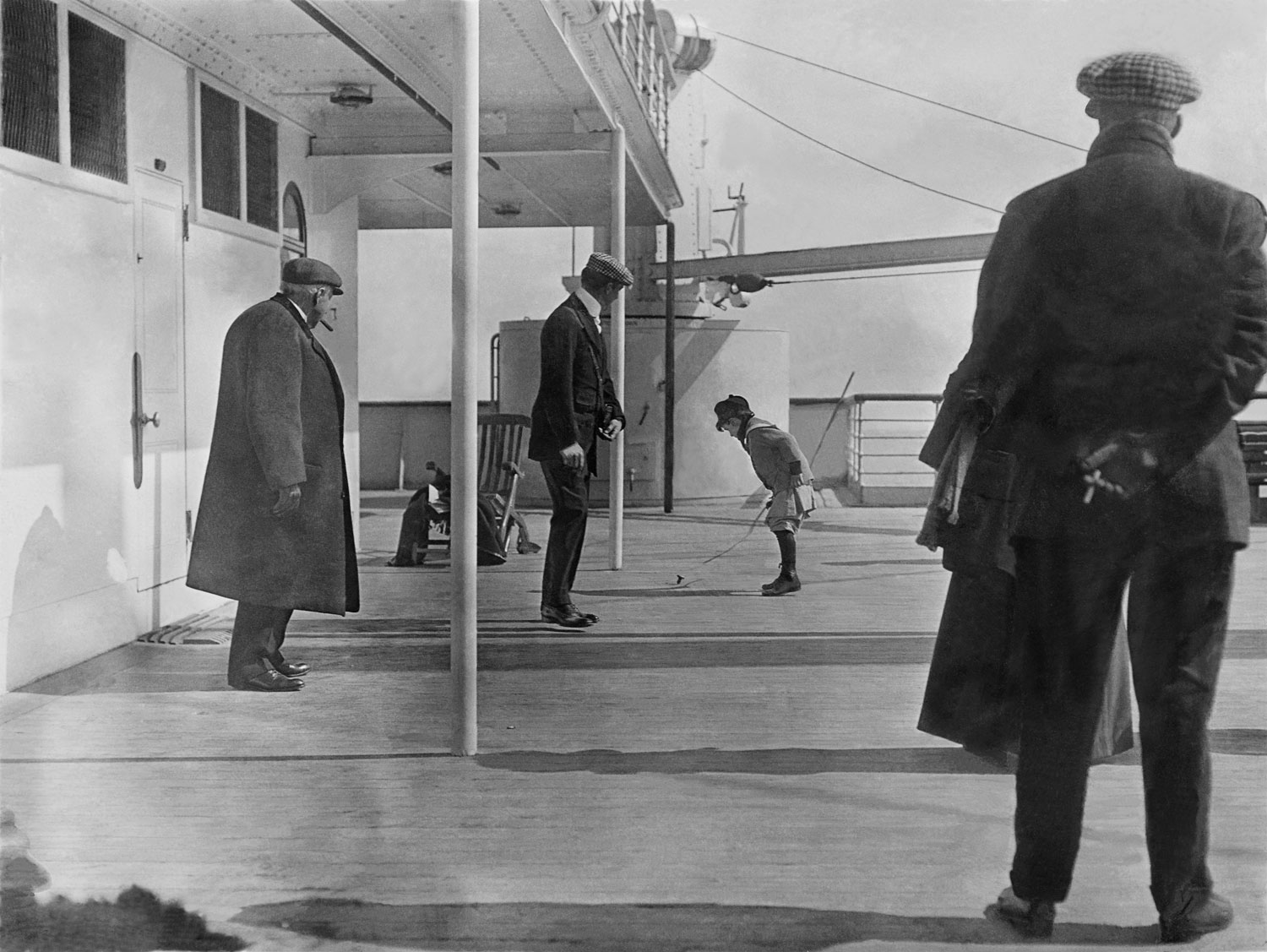
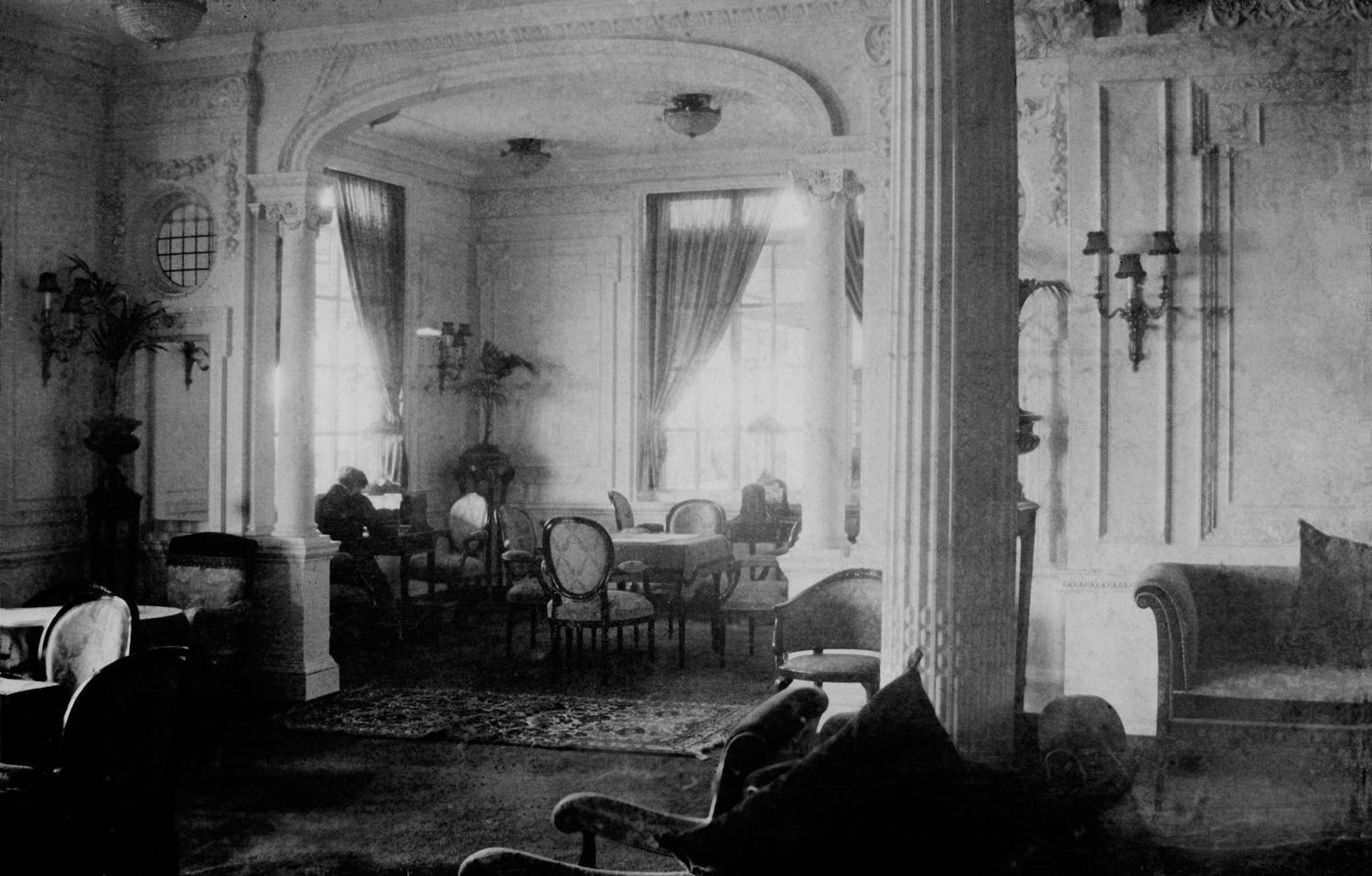
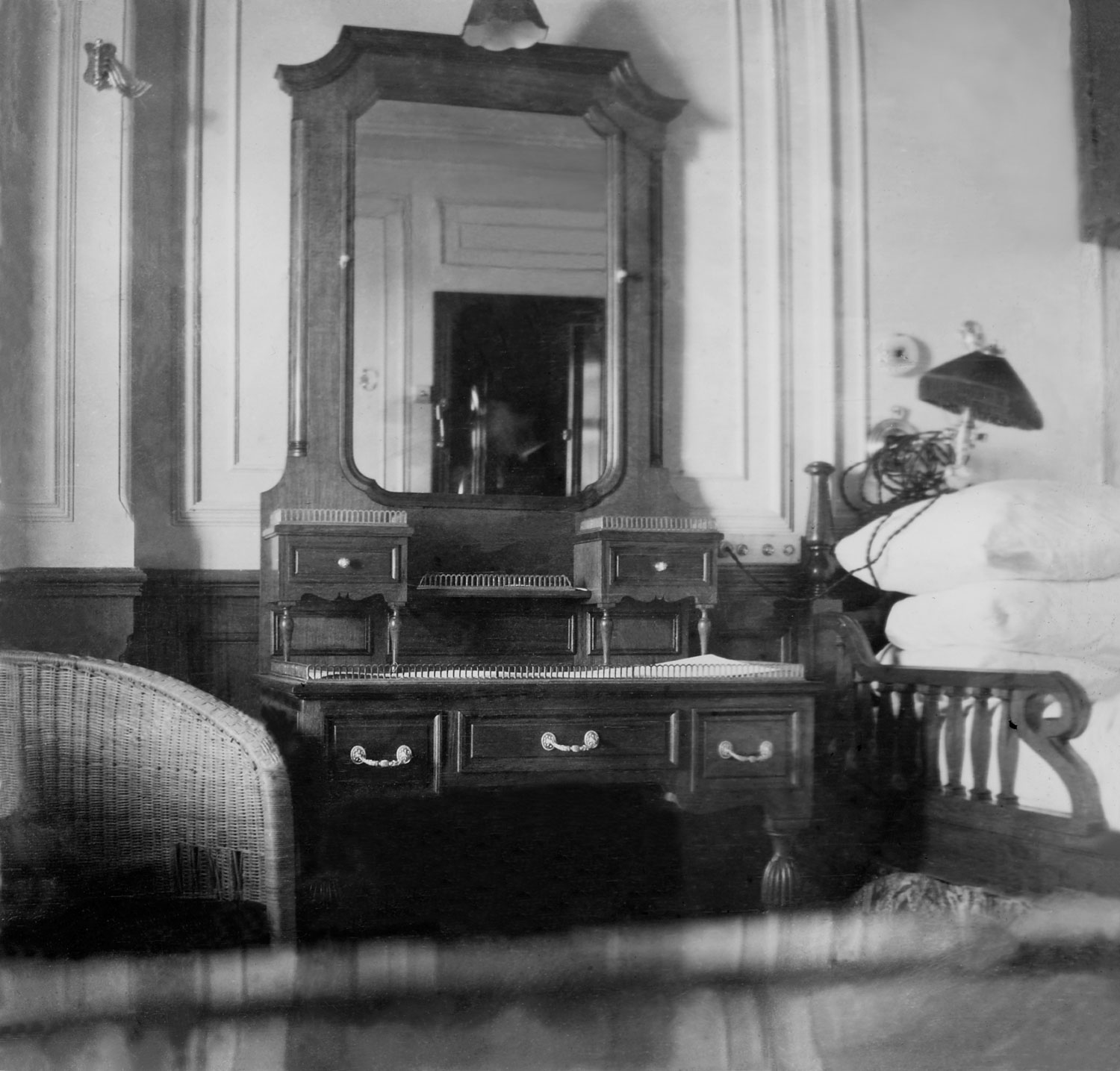
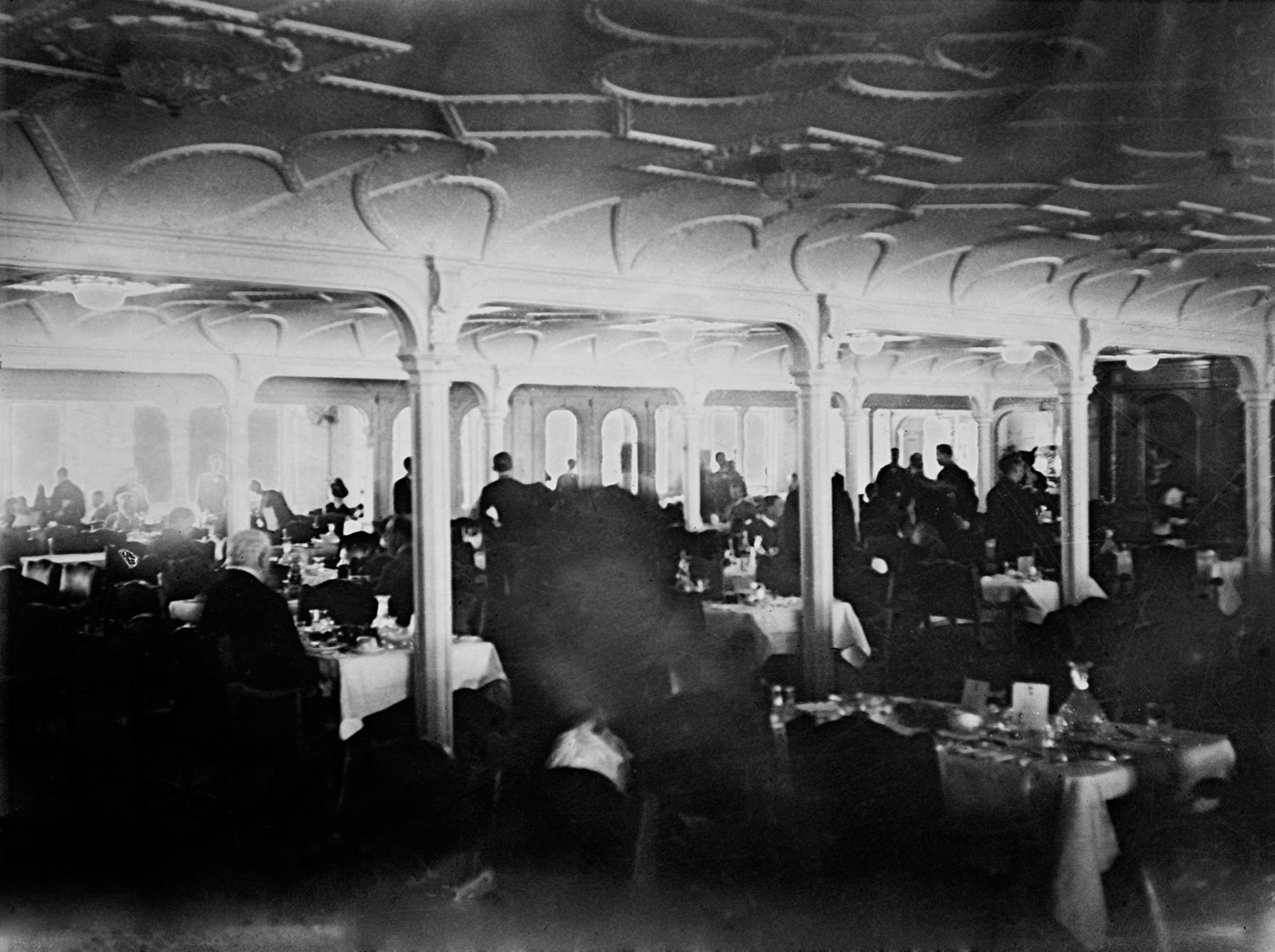
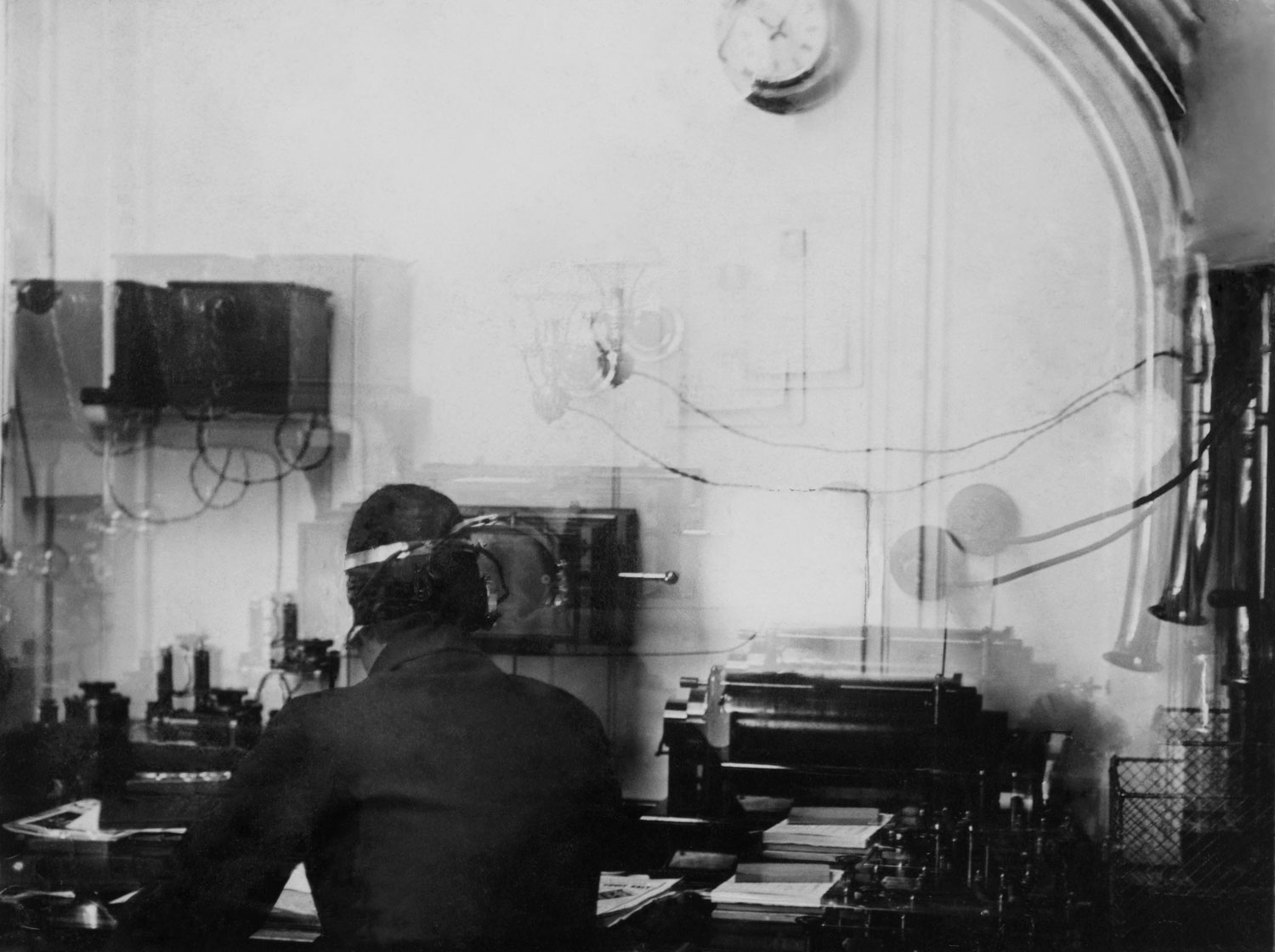
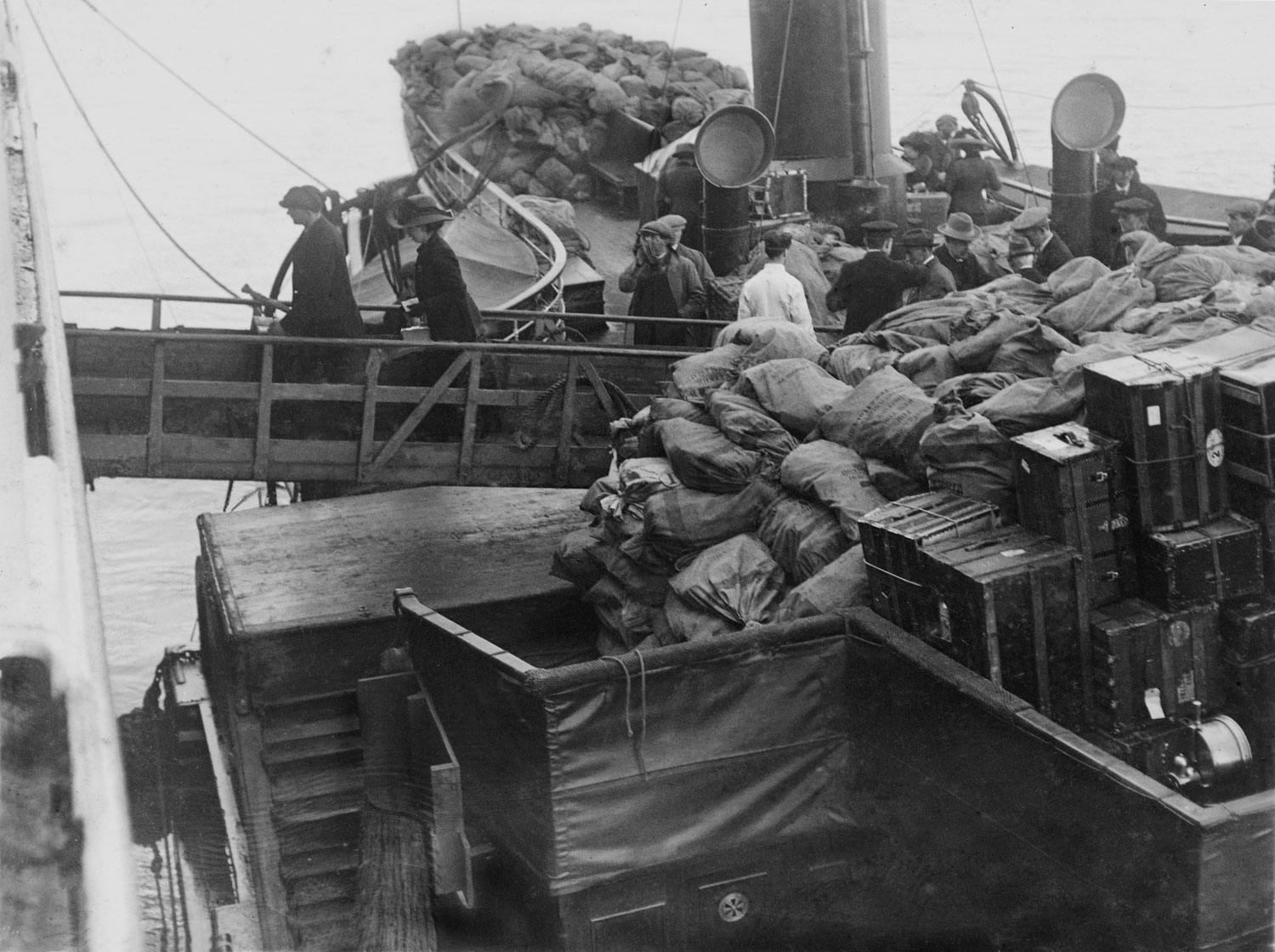
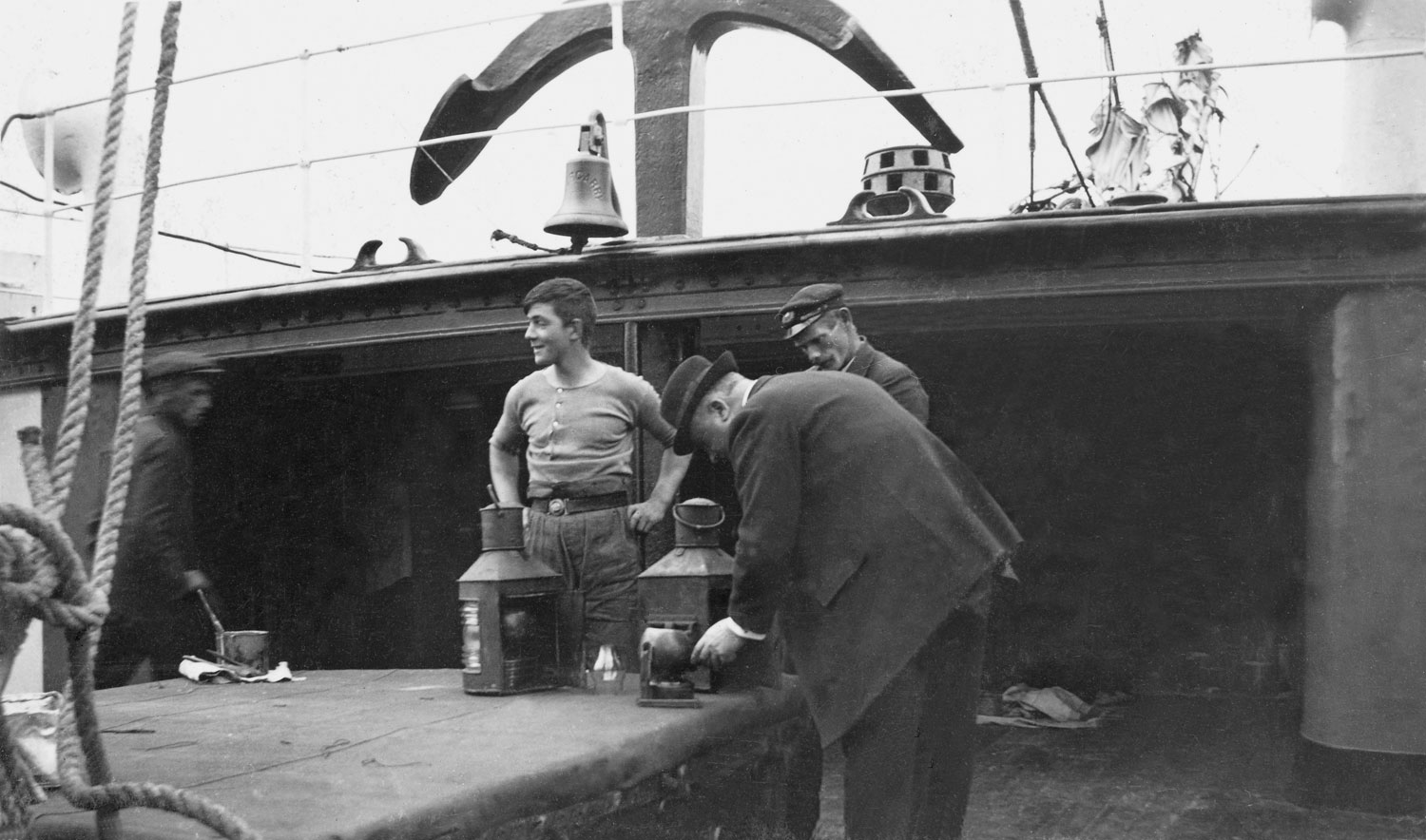
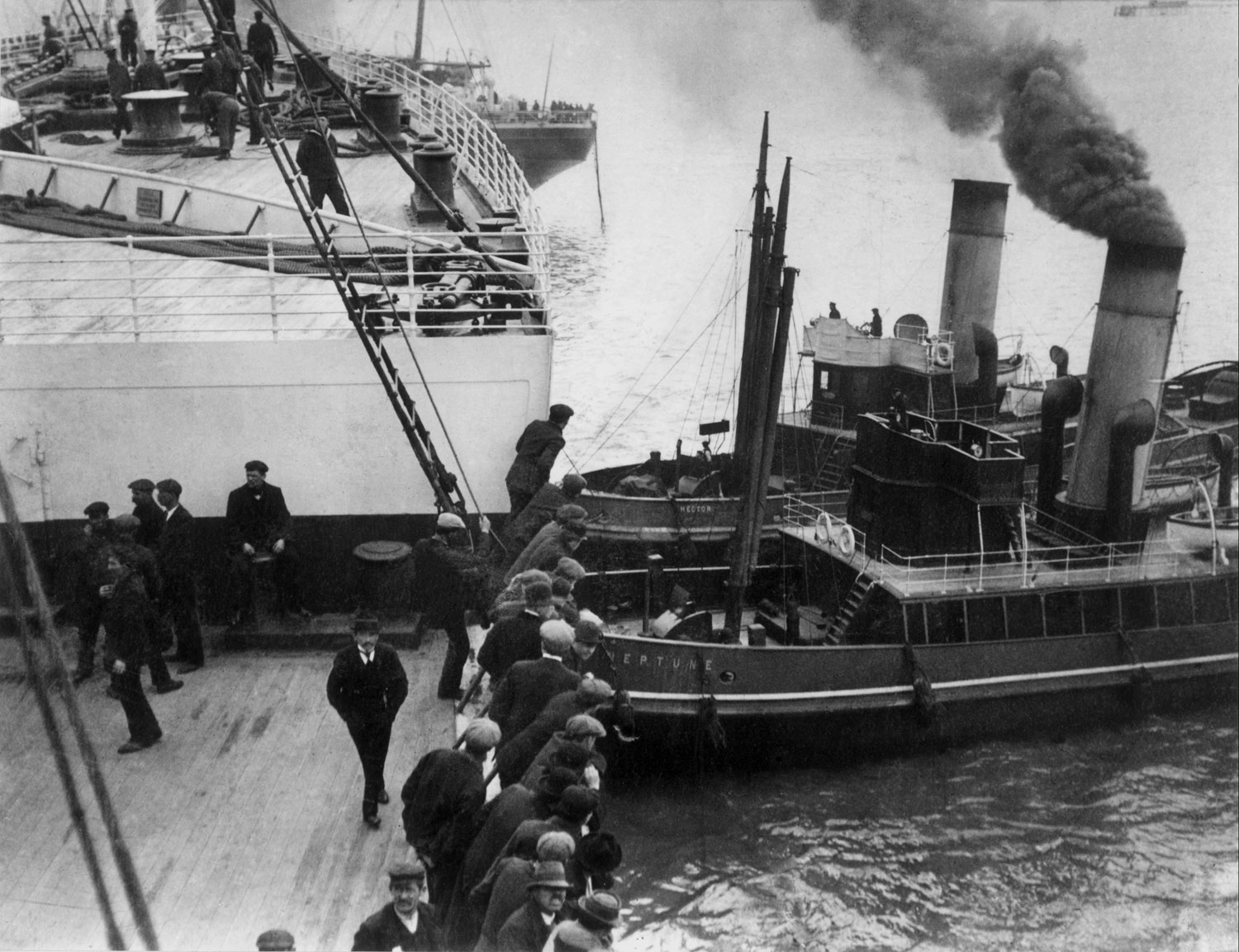
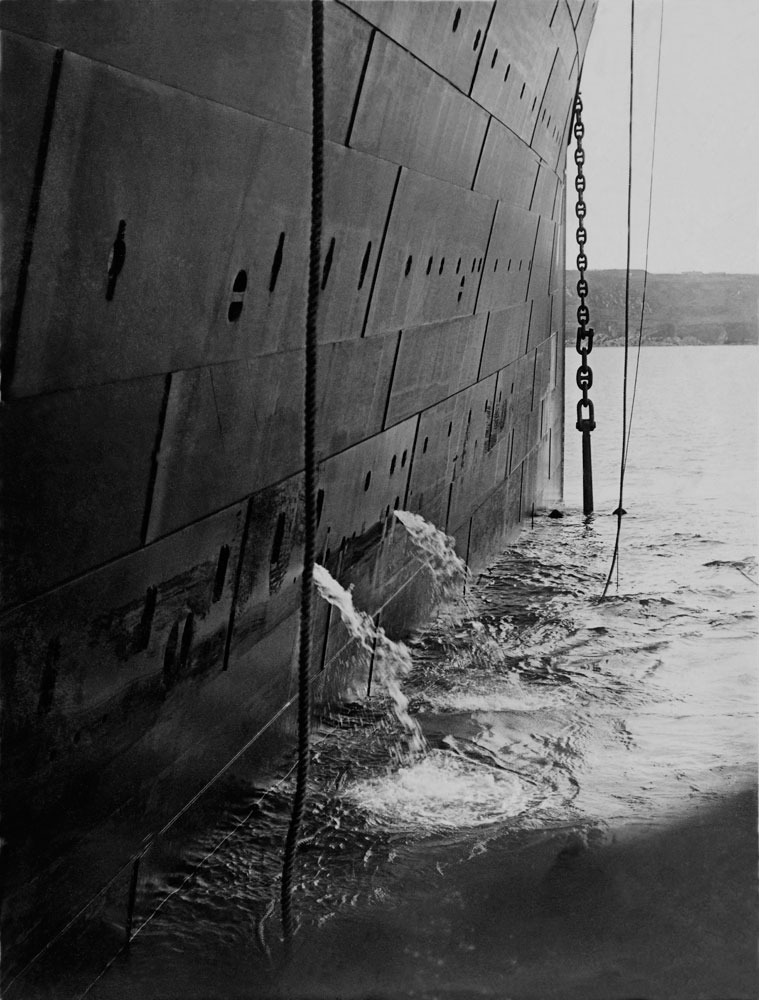
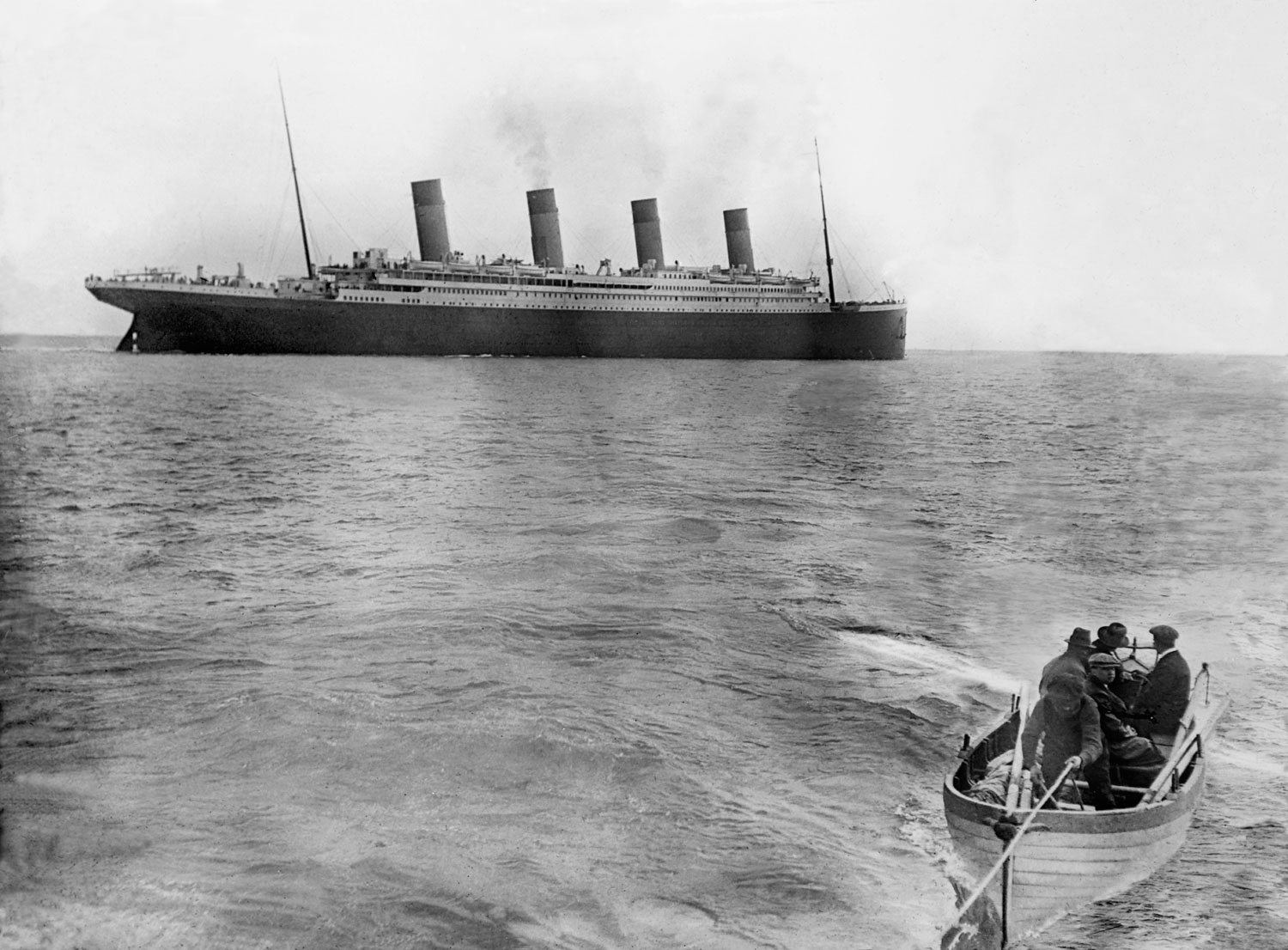
More Must-Reads from TIME
- Why Biden Dropped Out
- Ukraine’s Plan to Survive Trump
- The Rise of a New Kind of Parenting Guru
- The Chaos and Commotion of the RNC in Photos
- Why We All Have a Stake in Twisters’ Success
- 8 Eating Habits That Actually Improve Your Sleep
- Welcome to the Noah Lyles Olympics
- Get Our Paris Olympics Newsletter in Your Inbox
Write to Lily Rothman at lily.rothman@time.com